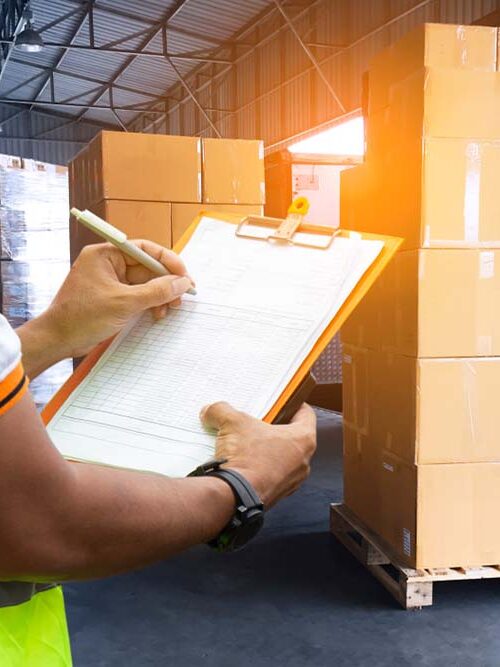
Service Overview
Loading and unloading services are essential components of various industries, ranging from logistics and transportation to manufacturing and construction. Efficient loading and unloading operations are crucial for optimizing productivity, minimizing downtime, and ensuring the safety of goods and personnel. This comprehensive guide explores the key aspects of loading and unloading services, including best practices, safety measures, equipment utilization, and industry-specific considerations.

Our Features
- Understanding Loading and Unloading Services: a. Definition and Scope: Loading involves the placement of goods onto a vehicle or container, while unloading refers to the process of removing goods from a vehicle or container. b. Importance: Efficient loading and unloading operations streamline supply chain management, reduce costs, and enhance customer satisfaction by ensuring timely delivery.
- Best Practices for Loading and Unloading: a. Planning and Organization: Develop a detailed loading and unloading plan, considering factors such as cargo specifications, vehicle capacity, and site layout. b. Proper Handling Techniques: Train personnel in safe lifting and handling practices to prevent injuries and minimize damage to goods. c. Use of Equipment: Utilize appropriate loading and unloading equipment, such as forklifts, pallet jacks, and conveyors, to enhance efficiency and safety. d. Securement of Cargo: Ensure proper securing of cargo using straps, chains, or other appropriate methods to prevent shifting during transit.
- Safety Measures: a. Personal Protective Equipment (PPE): Provide workers with necessary PPE, including helmets, gloves, and safety shoes, to mitigate risks of injury. b. Training and Certification: Conduct regular safety training sessions for personnel involved in loading and unloading operations and ensure compliance with relevant certifications. c. Hazard Identification: Identify and mitigate potential hazards, such as uneven surfaces, slippery conditions, or overhead obstructions, to prevent accidents. d. Emergency Preparedness: Establish emergency response protocols and provide adequate training to handle emergencies, such as spills, collapses, or injuries.
- Equipment Utilization: a. Forklifts: Utilize forklifts for efficient loading and unloading of palletized goods, ensuring operators are trained and certified in their use. b. Conveyor Systems: Implement conveyor systems for continuous and automated loading and unloading of goods, reducing manual labor and improving throughput. c. Loading Docks: Equip loading docks with proper infrastructure, including dock levelers, ramps, and safety barriers, to facilitate seamless loading and unloading operations. d. Specialized Equipment: Depending on the nature of the cargo, utilize specialized equipment such as cranes, hoists, or vacuum lifters for safe and efficient handling.
- Industry-Specific Considerations: a. Logistics and Transportation: Optimize loading and unloading processes to minimize dwell times and maximize vehicle utilization, reducing overall transportation costs. b. Manufacturing: Coordinate loading and unloading schedules with production cycles to ensure timely delivery of raw materials and finished goods, minimizing production disruptions. c. Construction: Implement efficient material handling practices on construction sites, considering space constraints and site logistics to streamline loading and unloading operations. d. Retail and Distribution: Prioritize accurate and efficient loading and unloading to meet customer demand and maintain inventory levels, especially during peak seasons.
